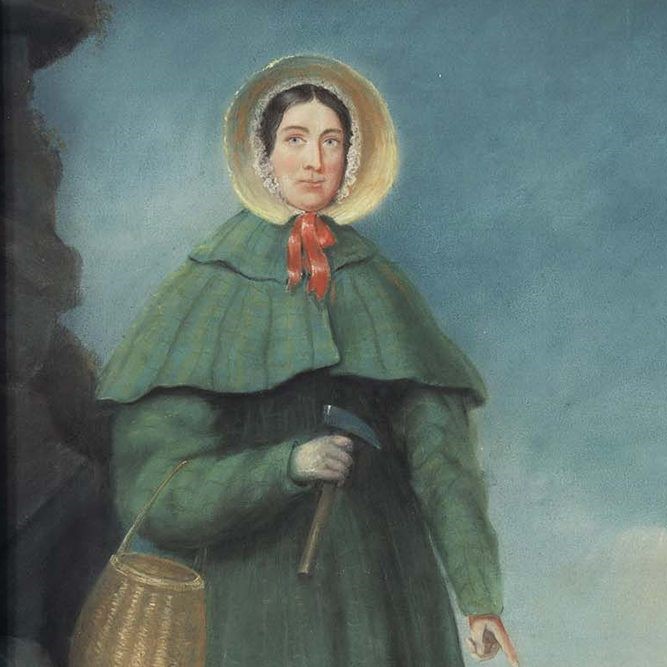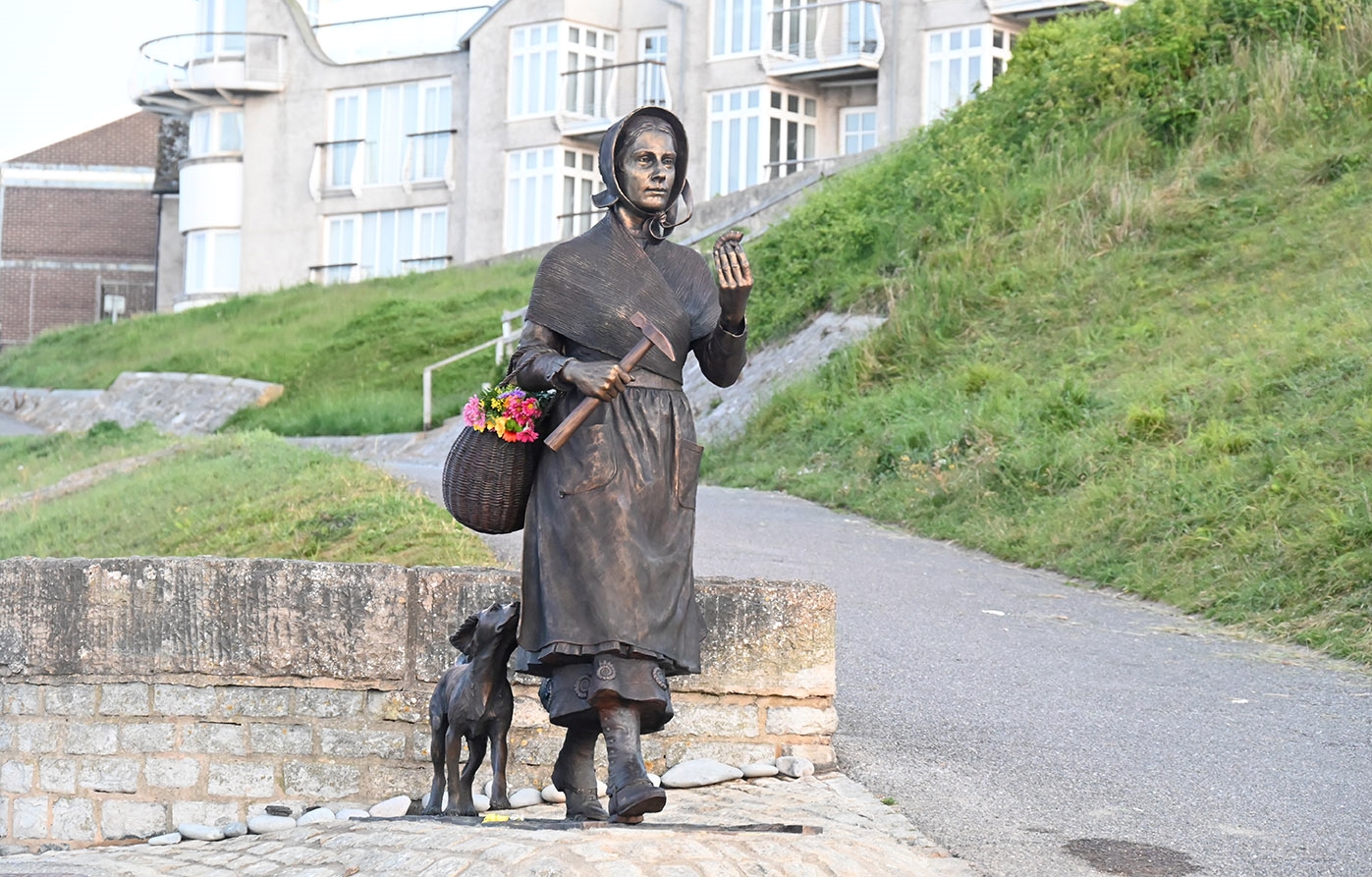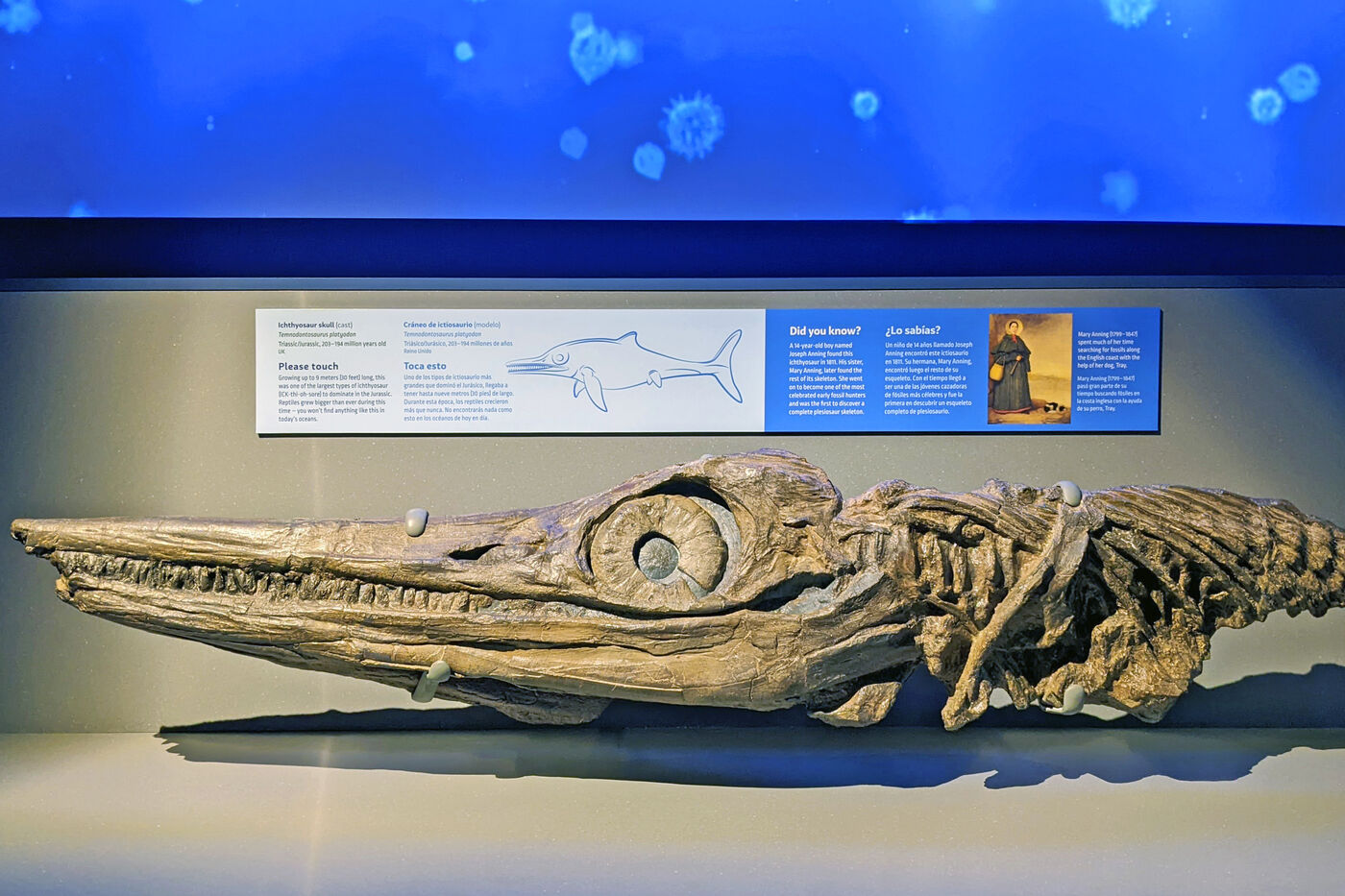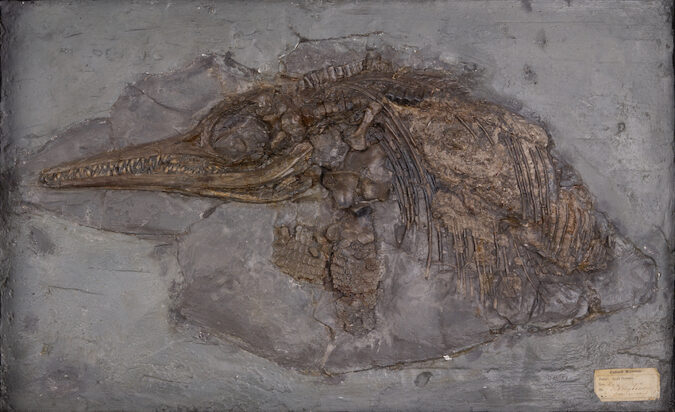
Mary Anning
Looking at Mary Anning’s life one can determine that she had outstanding discovery and did not surrender to obstacles. Lyme Regis, Dorset, England born Mary Anning, being born on May 21, 1799, would change the paleontology as a science. Nerine from her father Richard Anning acquired proficiency in the handling of fossils of various species, which enabled her take up the profession and gain scientific acknowledgment.

Mary Anning and Her Life in the Early 19th Century / 36 After the death of her father in 1810, Anning had to provide for her family. One of the things that I gathered was that her discovery and preparation of fossils did not go unnoticed especially by influential scientists such as Henry de la Beche and Richard Owen. Direct examination of fossils was also proved by Miss M. Anning; her greatest achievements were the finding of ichthyosaurus’ skeleton in 1811 and the first complete plesiosaurus.

Anning worked for many years and made so many important discoveries yet in the 19th century she suffered from gender bias. Loved always faced hardships financially but she kept working in paleontology.

Today, Mary Anning is well remembered for her discovery and paleontological work regarding life in prehistoric times. She was also a symbol of hardworking and striving for the discovery in the world of science for generations to come. The account of Anning offers an insight into the characters that are always neglected in history yet whose efforts have greatly assisted in molding the little knowledge about the natural world that is available.